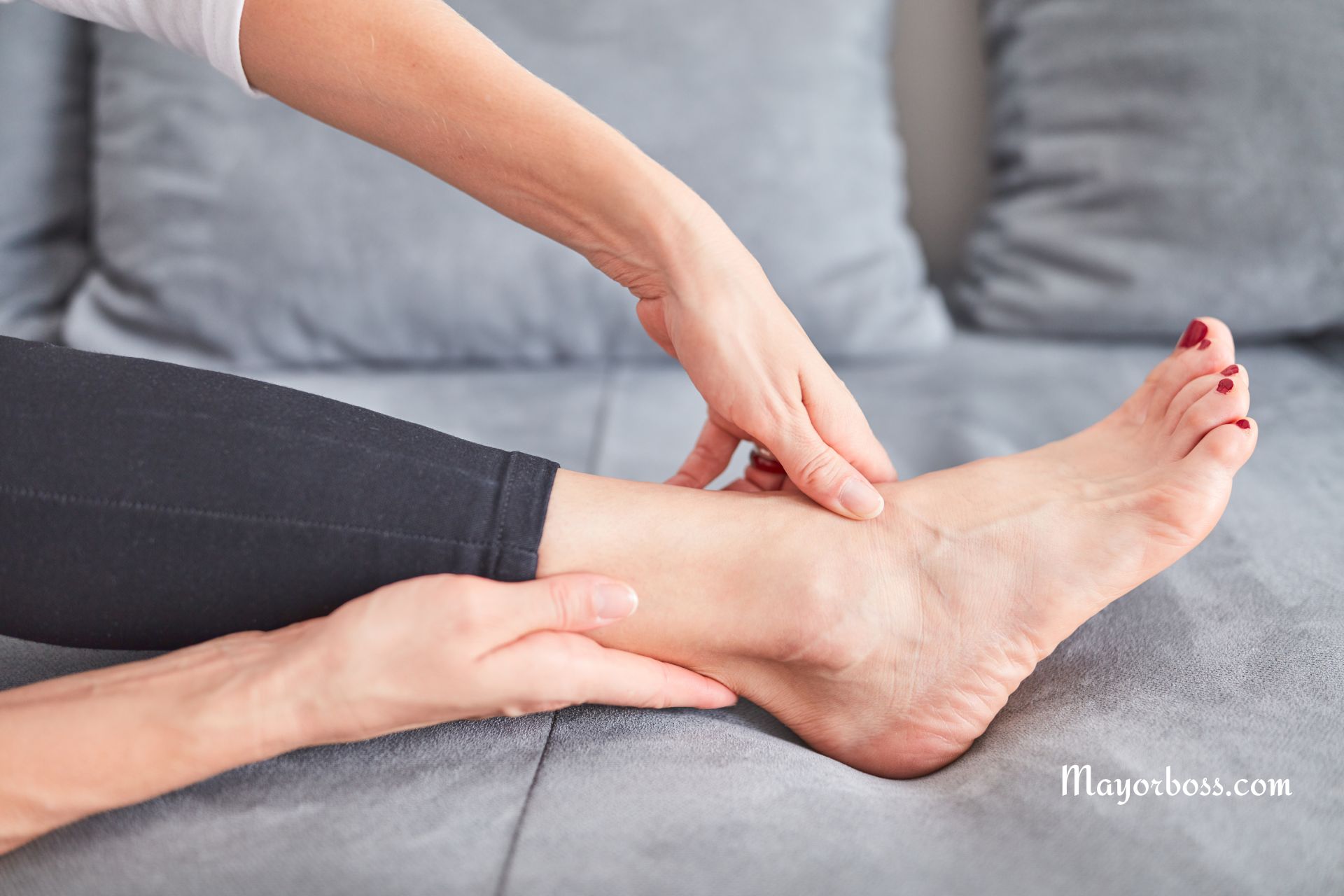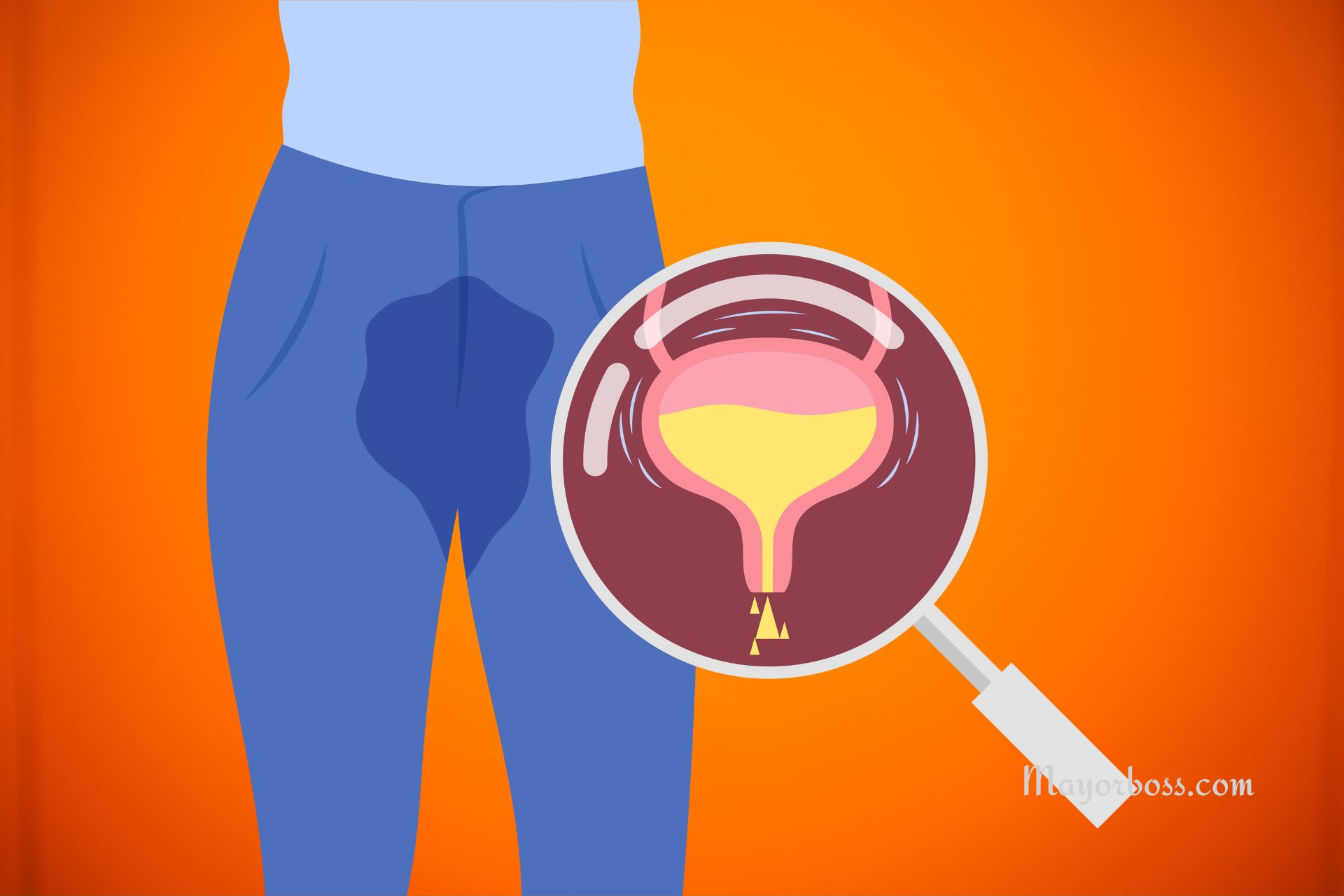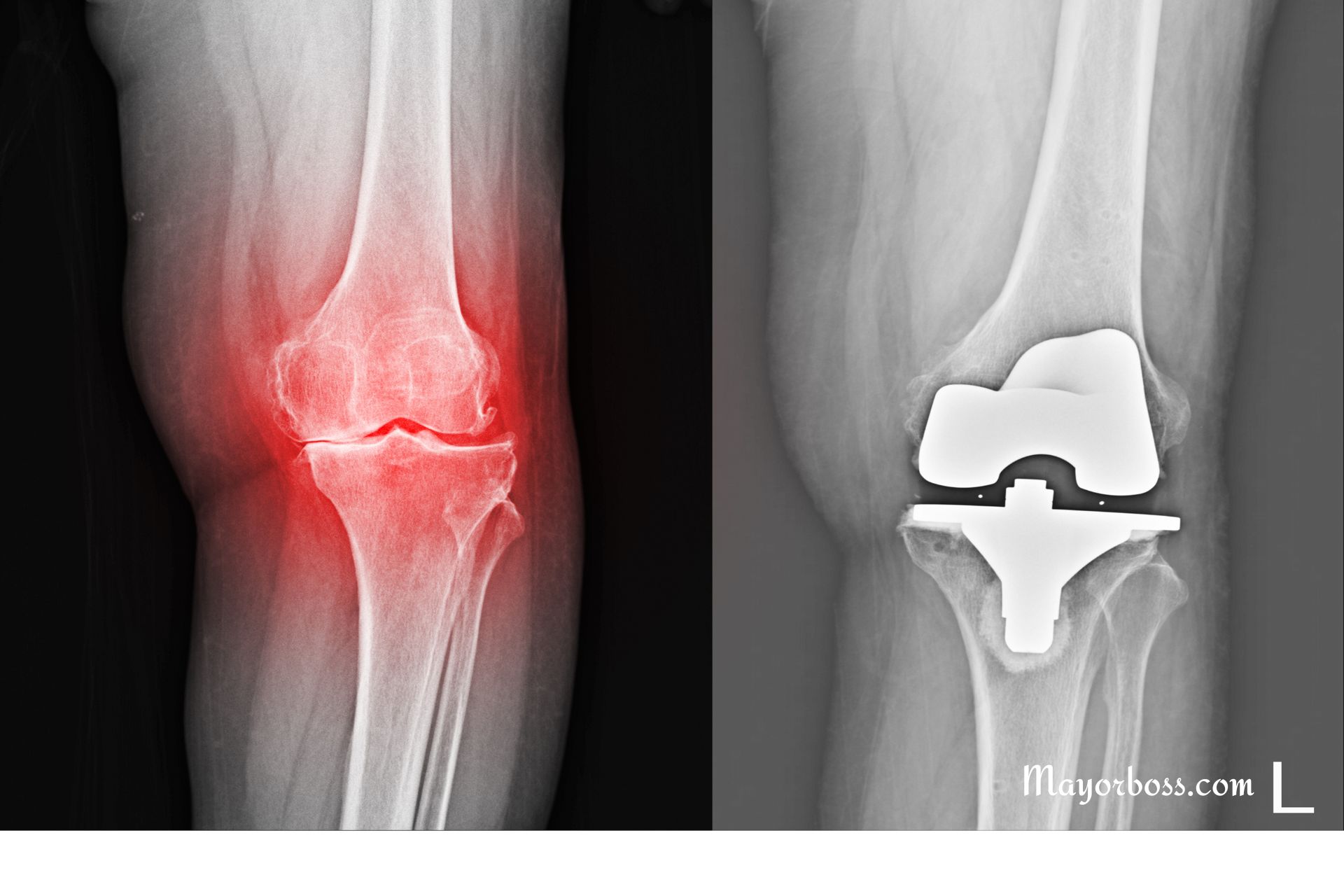Why Your One Leg is Bigger Than Your Other: Understanding Leg Swelling
Experiencing swelling in one leg, particularly when it’s noticeably larger than the other, can be concerning. It’s important to understand that leg swelling, medically known as edema, can be an indication of various underlying health issues. This article discusses the potential causes of leg swelling and what steps you should consider.

Common Causes of Unilateral Leg Swelling
- Injury or Trauma: If you’ve recently had an injury to your left leg, swelling can be a natural response. Sprains, strains, or fractures often lead to increased fluid accumulation in the injured area.
- Lymphedema: This is a blockage in your lymphatic system, which can cause fluid to accumulate, resulting in swelling in only one of your legs.
- Venous Insufficiency: This common condition occurs when your leg veins struggle to transfer blood back to the heart, leading to fluid build-up in the lower leg.
- Deep Vein Thrombosis (DVT): This is a blood clot in a deep vein, often in the legs. It’s a serious condition that requires immediate medical attention.
- Infection: If your leg is swollen, red, and warm, it might be infected, especially if you have an open wound or a skin condition like cellulitis.
- Varicose Veins: Enlarged, swollen veins that are visible under the skin can sometimes cause swelling in one leg more than the other.
When to Seek Medical Attention
- Persistent or Increasing Swelling: If the swelling doesn’t improve or gets worse, it’s crucial to see a doctor.
- Pain and Tenderness: Accompanying pain, especially if it feels deep within the leg, could indicate DVT.
- Redness and Warmth: These symptoms, along with swelling, might suggest an infection.
- Shortness of Breath or Chest Pain: These could be signs of a pulmonary embolism, especially if you suspect DVT.
Managing and Preventing Leg Swelling
- Elevate Your Legs: When resting, elevate your legs above heart level to reduce swelling.
- Stay Active: Regular movement helps circulate blood and can prevent swelling.
- Compression Stockings: These can help promote blood flow in your legs.
- Hydration: Drink plenty of fluids to maintain healthy circulation.
- Reduce Salt Intake: Excess salt can contribute to fluid retention.
Frequently Asked Questions
Q: Can lifestyle factors contribute to leg swelling? A: Absolutely. A sedentary lifestyle, being overweight, or standing for long periods can increase the risk of leg swelling.
Q: Are there any at-home remedies for swollen legs? A: While home remedies like elevation and light exercise can help, it’s important to consult a healthcare professional, especially if the swelling is sudden or severe.
Q: Is leg swelling a sign of heart or kidney problems? A: Yes, in some cases. Conditions like heart failure or kidney disease can lead to fluid retention and swelling in the legs.
The takeaway is if your left leg remains significantly more swollen than your right, or if you experience any concerning symptoms, seeking medical advice is crucial.






